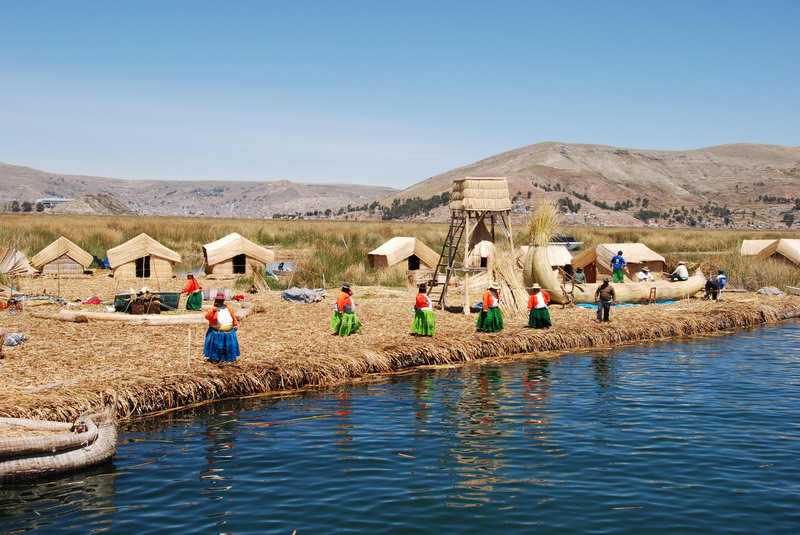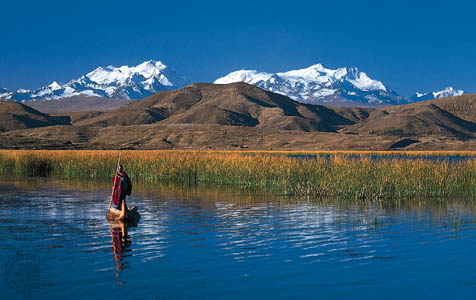We spent five days at a yogic retreat in the Valley, under the tutelage of a Peruvian yogi named Chitanya. Needless to say, it was an absolutely incredible experience. At the moment, though, I'm too exhausted to describe it all in words. For the sake of continuity of the blog, I'm gonna turn it over to my boy Jimmy Friedman, who has given our week a much more comprehensive rundown than I could've.
From Jimmy's entry on the Carpe Diem Blog site: https://www.carpediemeducation.org/2015/11/sacred-valley-ecoyoga-retreat/
“Once you realize that the road is the goal and that you are always on the road, not to reach a goal, but to enjoy its beauty and its wisdom, life ceases to be a task and becomes natural and simple, in itself an ecstasy.”
-Sri Nisargadatta Maharaj
On November 8th, the Sacred Valley, near Cusco, greeted us with an overcast sky, a calm river, and enormous, cultivated mountains on either side of the main road. Uphill, dorms, a cafeteria, and a meditation center (all made of a deep, brown adobe). Boulders and stone pathways decorated the large, open space between the students’ home and the eating area. The air of peace and balance was a significant energetic change from the hustle of Cusco. People came there to work on themselves and to do that alone; we were no exception. We knew upon arrival that the change in lifestyle would yield new wisdom and health.
Our contact at this EcoYoga center was a Peruvian yogi named Chaitanya. He walked up to us with a baseball cap, cargo pants, a hoodie, and a smile indicating profound contentment and a drive to teach. He showed us to our cozy living quarters and told us to “make ourselves ready.” That same evening, we began our humbling yoga regimen.
Each day we woke up at 7:10 to prepare for 45 minutes of meditation and/or chanting, often guided by centering words from Chaitanya and dulcet tones from a Tibetan singing bowl or the poignant breath of a harmonium, a small hand pumped reed organ used in small chapels. After meditation, we carried our yoga mats down the hill, to a spacious, circular practice building that, itself, took the form of a mandala. The classes were lead by Chaitanya half the time and by a disciple of his for the other half. During this time, we enjoyed an hour and a half of arduous poses, including stretches, head stands, and strenuous holds in difficult positions. Some of our favorite classes were the AcroYoga classes (simply translated, acrobatic yoga). These consisted of having one or two partners to achieve an end pose of, for example, balancing your body only on the feet of your supporting partner. Other times, one would be sitting upright with their legs wrapped around the calves of their partner laying on the ground with their legs straight up, giving way to miraculous feelings of lightness and flight. Overall, a mind-expanding experience.
After breathing our way through the early morning, we ate a vegetarian breakfast, followed by an hour of Seva. Seva, the Sanskrit word for service, included picking up trash by the river, cleaning the dining area, helping with dishes, or simply moving boulders to more desirable locations, making the space more beautiful. After Seva, there were two hours of workshop. During this time, Chaitanya taught us about either Vedic Astrology, Yogic philosophy, Pranayama (use and control of the breath), or Chakras (energy centers in the body). All of these subjects intrigued us hugely because it was so far outside of our normal, Western educational paradigm. Each workshop featured not only understanding, but moments in which we would experience exactly what Chaitanya was dictating. For example, the pranayama workshop was principally a breathing exercise to show us how to control the mind with our breath. After said exercise, we all agreed that we shared a pervading peace and calmness from the lesson. We were refreshed to know that we were gaining skills that could be used for years to come.
At 1:00pm, a seated, vegetarian lunch followed the workshop, a time for mindful eating and thankful gestures like washing dishes and cleaning the tables. 2:00 until 2:30 was resting time, followed by another workshop, leading into 4:30 yoga for a total of three hours of physical yoga each day.
Mind clear and body calm, we relished a light dinner prepared with love and great vibes. Next was the nightly Kirtan (a call and response chanting with tablas, a harmonium, and other drums). Weary from a day of spiritual practice, we went to bed around 8:30 each night.
On the 11th, Chaitanya lead us in a departing ceremony in the meditation room. Seated closely in a circle, we chanted in sanskrit around a pot of burning paper and cow chips. Previous to the ceremony, we had written down on peaces of paper one thing we want to take from the retreat, and one thing we wanted to leave behind to be shed from our pre-yoga selves. We symbolically threw the papers in the fire separately and watched them incinerate, giving us a luminous warmth.
In retrospect, I believe we did gain what we wanted to, and shed what we needed to. The 5 days were tough, but gave us new dimensions to live and grow in. Shout out to our homeboy Chaitanya for being an exemplary role model and an inspiration to live a more conscious life. From the Inti group in Cusco, Namaste.
-Sri Nisargadatta Maharaj


























